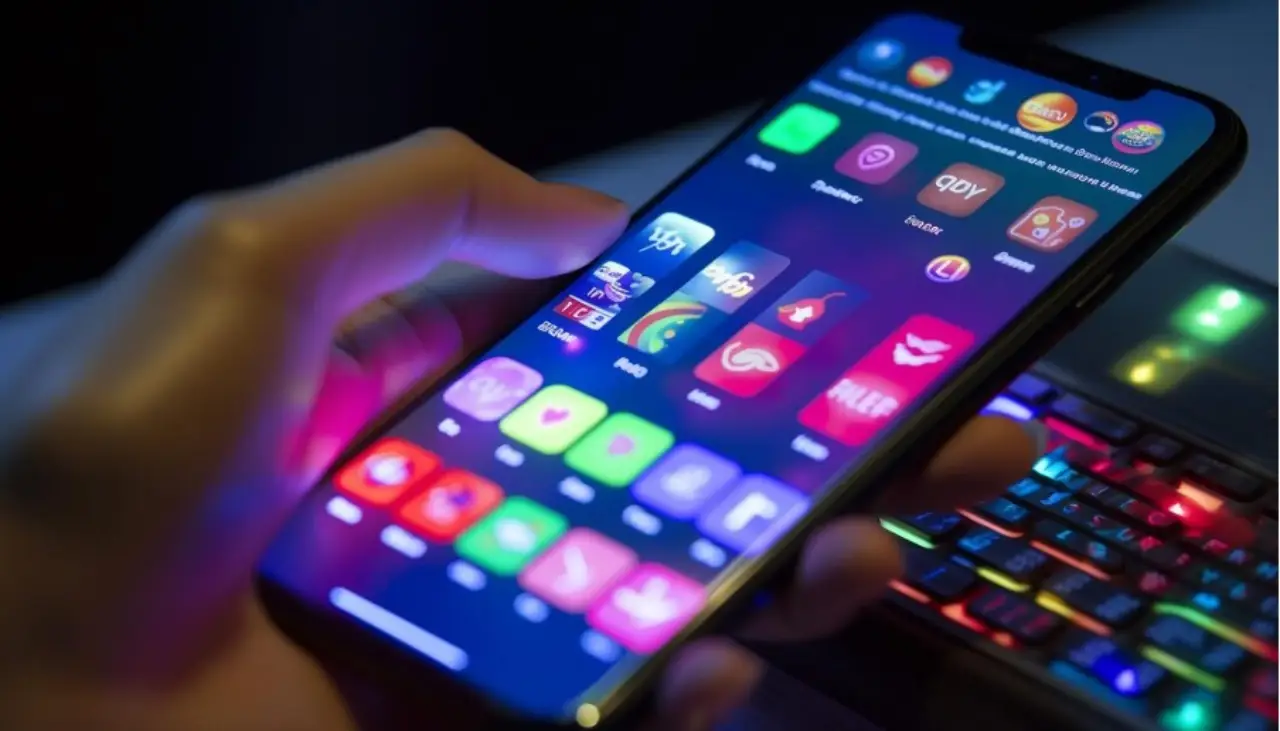2020 was a year of historic growth for the U.S. consumer technology industry with sales up 17% and according to the latest forecast, this momentum will continue into the first quarter of 2021.
According to the NPD Group’s latest Future of Tech forecast, there will be a 12% consumer tech sales growth versus Q1 2020. But even with a strong start to the year, comparisons to the monumental growth seen in the latter part of 2020 will result in a -2% decline year-over-year in 2021, as sales reach nearly $110 billion. NPD expects to see an additional year-over-year -2% decline in sales in 2022, followed by flat sales in 2023.
“Propelled by pandemic needs, 2020 consumer tech sales saw the strongest growth in at least seven years. It is important to recognize that despite year-over-year declines in 2021, these results when compared to 2019, pre-pandemic, represent double-digit growth,” said Stephen Baker, vice president, industry advisor for The NPD Group.
“The pandemic has renewed recognition of the critical value of technology to consumers, so while sales comparisons may stagnate, demand on an overall basis for consumer electronics will be higher for the next two years than it would have been without the events of 2020.”
By 2023 NPD expects the top five consumer tech product segments based on revenue (notebooks, tablets, headphones, TVs, and smartwatches) will make up over 55% of all consumer tech sales in the U.S., compared to just 44% in 2017. While some of the top five categories will be challenged in the short-term, all five will return to growth in 2022 and 2023. Categories that were already seeing long-term growth potential, such as smart home and PC gaming related products, will see continued positive momentum that had begun prior to the pandemic. In fact, NPD’s Future of Tech report is forecasting category growth of 9% and 3% respectively for these categories in 2021.
“In the latter half of 2021, we expect to see a renewed focus on mobility: charging solutions for phones, thin and light PCs, and the build out of 5g, as consumers begin to return to a more ‘normal’ life,” noted Baker.
“We also expect previously less important trends, like improved in-home connectivity, home based work and education, the growing number of screens to enable content consumption, and connected video capabilities in the home, to take hold more permanently as a result of the pandemic.”













